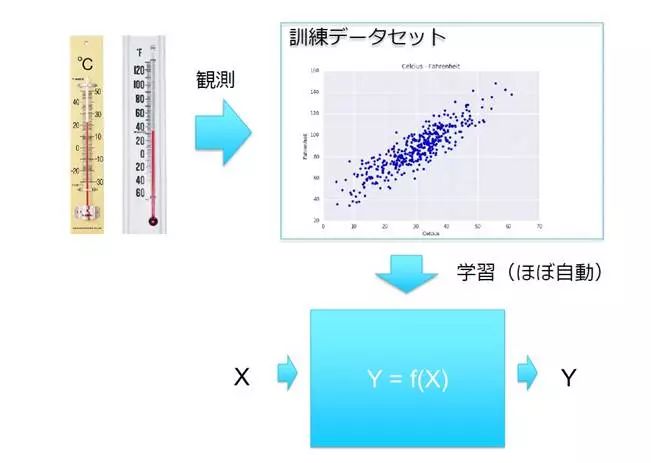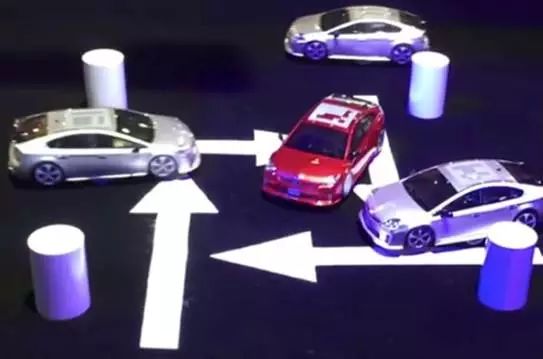More and more artificial intelligence (AI) has been put into practical applications, including online customer service, web search, and even the presentation of information on Facebook, which are actually executed by powerful algorithms. However, the limitations of AI itself will become more and more obvious in the application, which will also be a key to determining whether AI and human life can continue to progress. In the AI ​​field, it is not just the technological giants who master user data and the large number of users that lead the coquettish, but from the manufacturing side, there are also many who are king in a specific industry. Japan's Preferred Networks (PFN) is the best example. PFN, which was founded in 2014, can be said to be an out-and-out new unicorn. Their area of ​​expertise is to introduce deep learning technology to industrial applications. Currently, they are cooperating with Japanese first-tier manufacturers in research and development in three major application areas: transportation, manufacturing, and medical care. Since the start of the business, PFN has invested in self-driving technology together with Toyota Motor. In July last year (2017), it cooperated with the National Cancer Center of Japan to build an early blood diagnosis system for cancer. From the perspective of PFN, the essence of deep learning is actually the construction of statistical predictive models. PFN Fellow Maruyama Hiroshi described that deep learning has a large number of parameters. After many repeated operations, any multi-dimensional and non-linear function system can be formed, which approximates the human thinking mode and can greatly improve the accuracy of prediction. The nature of machine learning does not deviate from statistical induction and analysis. How should this predictive model be established? Take the correspondence between two major international temperature units: Celsius (°C) and Fahrenheit (℉) as an example. From a human point of view, because there is already a standard conversion formula, Maruyama Hiroshi explained that for any given Fahrenheit temperature, As long as the formula calculation is applied, the corresponding Celsius temperature can be obtained, even if the measurement is not wrong; but for the machine, if this conversion formula does not exist, it can only rely on long-term observation and recording of Celsius and Fahrenheit. Set the temperature data, and then analyze these data, and slowly derive the corresponding relationship between the two (Figure 1).

Figure 1: The method of using observation data for training to make the machine learn temperature unit conversion
Because the object of machine learning is only given parameters, no matter how many parameters are given or the scale of the data, the result is only an "approximate" result. Maruyama Hiroshi pointed out that one of the limitations of the induction method is that it can only predict the future based on historical data in the past; but if there are unexpected or unpredictable accidents in the future, no AI technology can get the right results. In addition, most of the parameters processed by machine learning have been strictly defined. If there are unusual parameters at this time, that is, rare events that have not appeared in the training data, the system cannot do anything about it. "Machine learning or AI is still different from the human brain," said Hiroshi Maruyama. "It won't be alive, it will not deal with the situation, and it is more difficult to avoid the occurrence of errors." Beyond the technical side, regarding AI Another more serious issue may occur in the application field. Maruyama Hiroshi explained that in terms of automatic driving, the current PFN technology has achieved the ability to simultaneously control multiple vehicles to drive along their planned routes without congestion. "On this red car, our algorithm can even set all vehicles to turn or slow down as soon as they hit him, reducing the incidence of car accidents." This system obviously works perfectly, but Maruyama Hiroshi puts forward another sharp point. Question: How high should the "safety factor" of this red car be? The application of AI still has its limitations

Figure 2: The distributed autonomous driving system developed by Preferred Networks
He added that most people may think that in order to avoid danger, the higher the safety factor, the better. "However, we found that when the safety factor of this red car continues to improve and other vehicles continue to learn under this parameter environment, they are actually stationary. I won’t move!†Maruyama Hiroshi explained that it was because other vehicles were trained to “never touch the red carâ€, and as long as they started, there would be a risk of collision, so all the results came to a standstill. However, in this way, the transportation system is no different from paralysis. Because machines can only think within the framework of given parameters, if the instructions given by people are too simplified, there may be unpredictable results in real life. He gave an example, "For example, today you order the robot to go to Starbucks to buy a cup of coffee for you. If the instruction content is just "Bring the coffee", then the robot's action may be to Starbucks and turn on and push away other guests in the queue or even kill , Give you the coffee.†AI is not a panacea like human beings. A “Frame Problem†like this is a problem in the field of artificial intelligence that has been plagued for a long time but has not been solved. As this technology is gradually used by human society, on the one hand, we can be happy because life is more convenient, but we must also remember that we must use these technologies with caution and attention, so as not to create more innocence. Solve the problem.
Cable Type Switching Current Transformer
Cable Type Switching Current Transformer,Low Voltage Outdoor Transformer,Zero Sequences Current Transformer,Split Core Zero Sequence Current Transformer
Zibo Tongyue Electronics Co., Ltd , https://www.tongyueelectron.com
